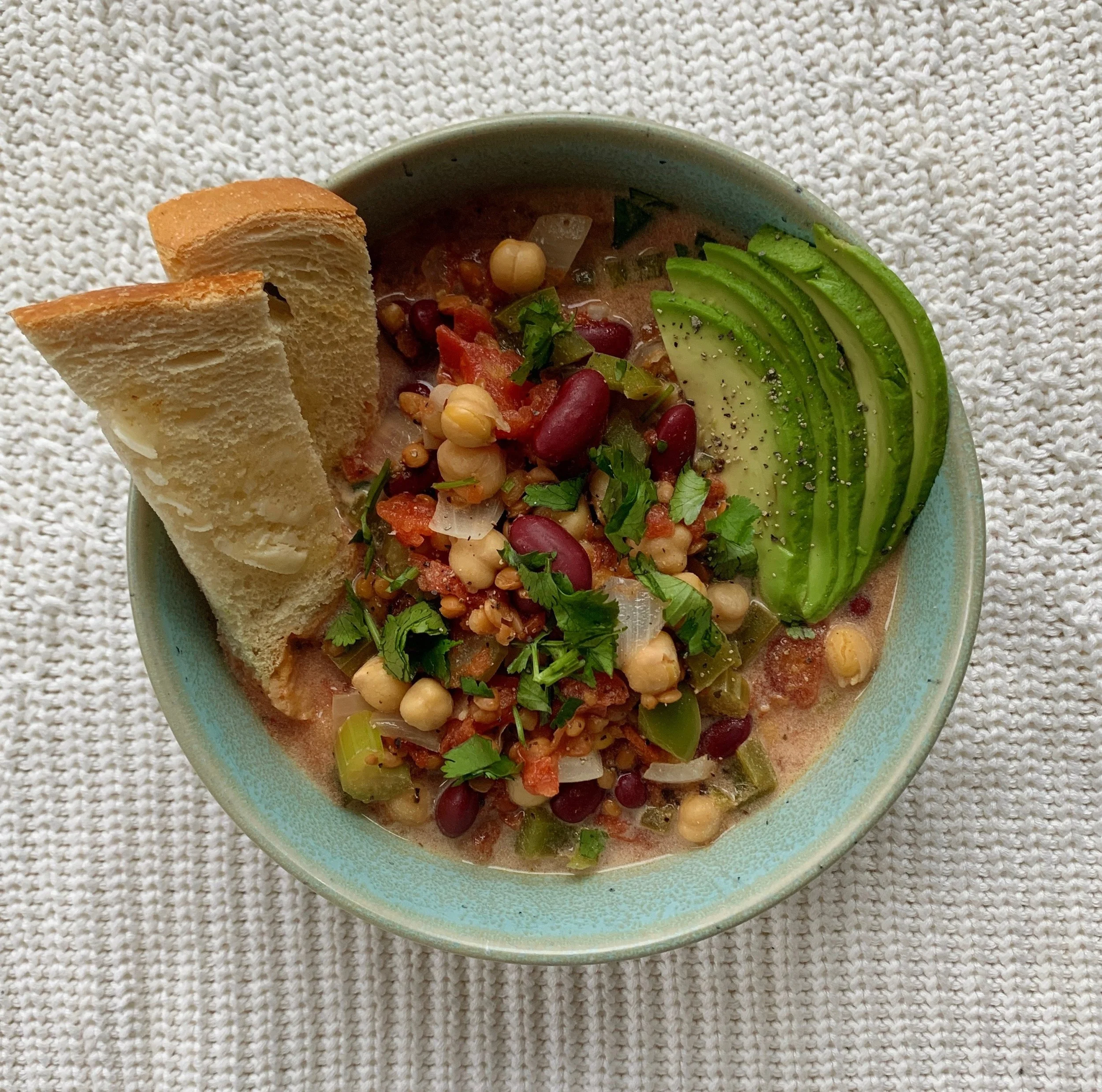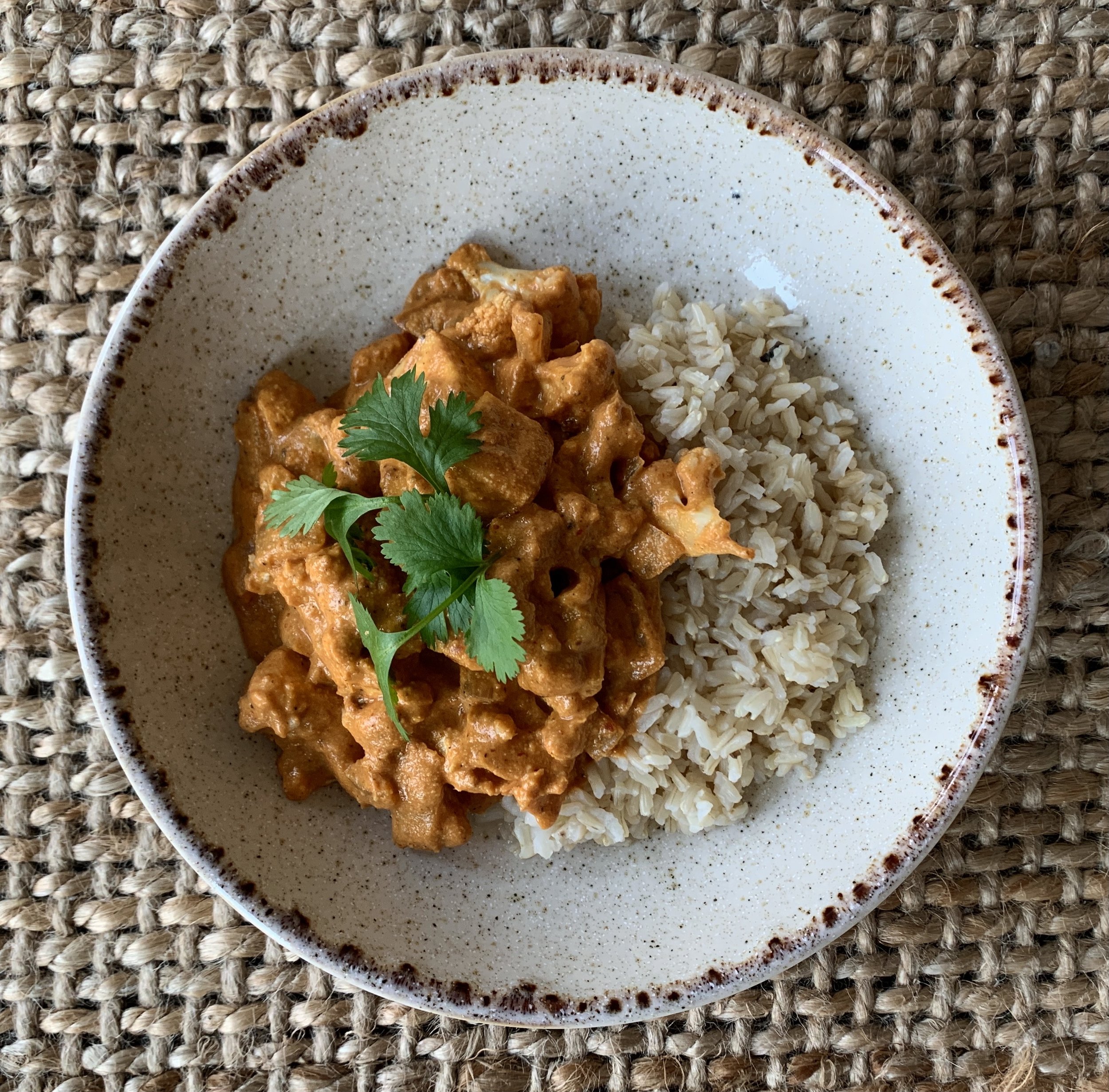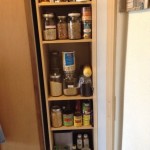Mediterranean Power Bowl
/I love a power bowl, also known as a full-meal salad or Buddha bowl. All food groups in one dish. Each bite a variety of tastes and textures.
For this recipe, Olivia harnessed the classic flavours of the Mediterranean to create a meal that will keep you full for hours. We’re talking chickpeas, cucumber, bell peppers, tomatoes, red onion, feta, and olives.
It’s a flavourful vegetarian dish. And, a very accessible way to incorporate more pulses (lentils, beans, chickpeas) and plant-based meals into your life. Enjoy!
Makes 2 servings
High FODMAP
Mediterranean Bowl Ingredients
1 cup cooked quinoa
½ cucumber
½ tomato
¼ red onion
½ bell pepper
2 tablespoons feta cheese
2 tablespoons chopped Kalamata olives
1-2 tablespoons tzatziki per serving (I used the store-bought)
Ingredients for Dressing
¼ cup balsamic vinegar
¼ cup olive oil
2 tablespoons honey
2 teaspoons Dijon mustard
1 clove crushed garlic
Salt and pepper
Directions for Chickpeas
https://kristenyarker.com/kristen-yarker-dietitian-blog/roasted-chickpeas-4-ways
Half the recipe or make a full batch if you want extra! For seasoning, I used salt and pepper.
Directions for Greek Salad
1. Chop the cucumber, tomato, onion, bell pepper, and olives. Add to a medium bowl
2. Add feta to the bowl
3. In a jar, combine the ingredients for the dressing and shake until combined
4. Pour 1-2 tablespoons over the Greek salad
Directions for Assembly of Mediterranean Bowl
1. Add ½ cup of the cooked quinoa to a serving bowl
2. Add 1 cup of the Greek salad and top with half the chickpeas
3. Add tzatziki and enjoy!
Looking for another power bowl idea? Check out our Caesar Salad Power Bowl.
Recipe and photo credit: Olivia Dodsworth














 It happened again yesterday. I was leading a workshop and a parent asked me: “Is it wrong to give my child smoothies with veggies in them? Is this considered hiding veggies?” Rarely a workshop goes by without a parent asking me about smoothies for their picky eater kids. They’re such a popular trend these days. While I touched on this in last week’s blog post; it’s such a common question that I get about healthy snacks for kids that I thought that it was worthwhile to expand on it today. And, share some ideas for smoothie ingredients.
It happened again yesterday. I was leading a workshop and a parent asked me: “Is it wrong to give my child smoothies with veggies in them? Is this considered hiding veggies?” Rarely a workshop goes by without a parent asking me about smoothies for their picky eater kids. They’re such a popular trend these days. While I touched on this in last week’s blog post; it’s such a common question that I get about healthy snacks for kids that I thought that it was worthwhile to expand on it today. And, share some ideas for smoothie ingredients. You’ve probably heard that it’s great to get your kids to help you in the kitchen to learn cooking skills, instill healthy eating habits, and more.
You’ve probably heard that it’s great to get your kids to help you in the kitchen to learn cooking skills, instill healthy eating habits, and more. March is Nutrition Month!
March is Nutrition Month!